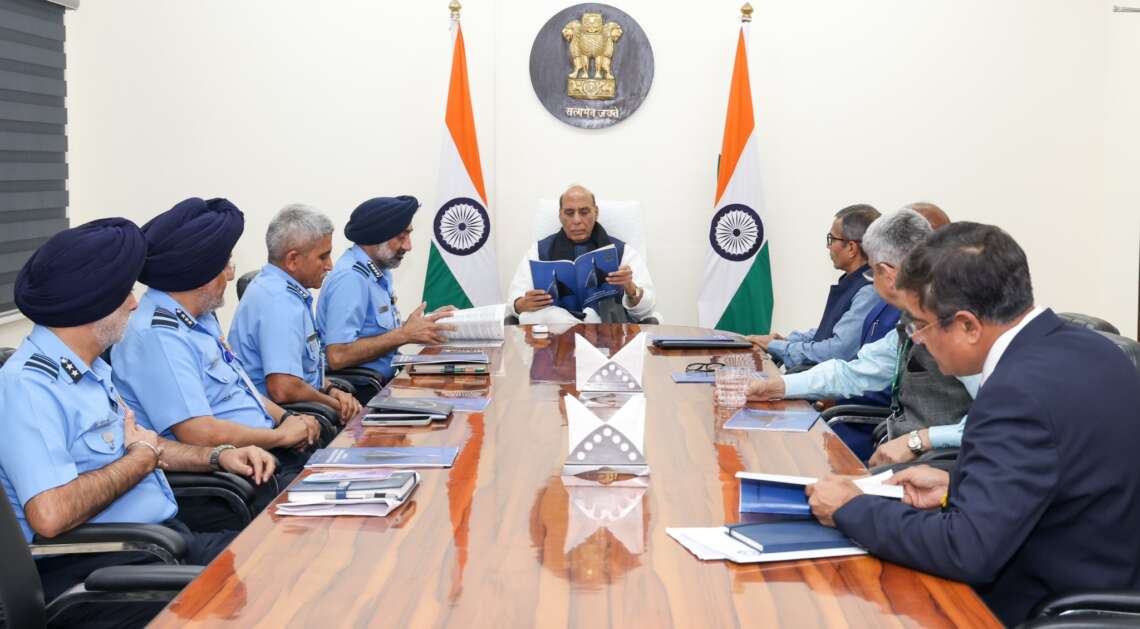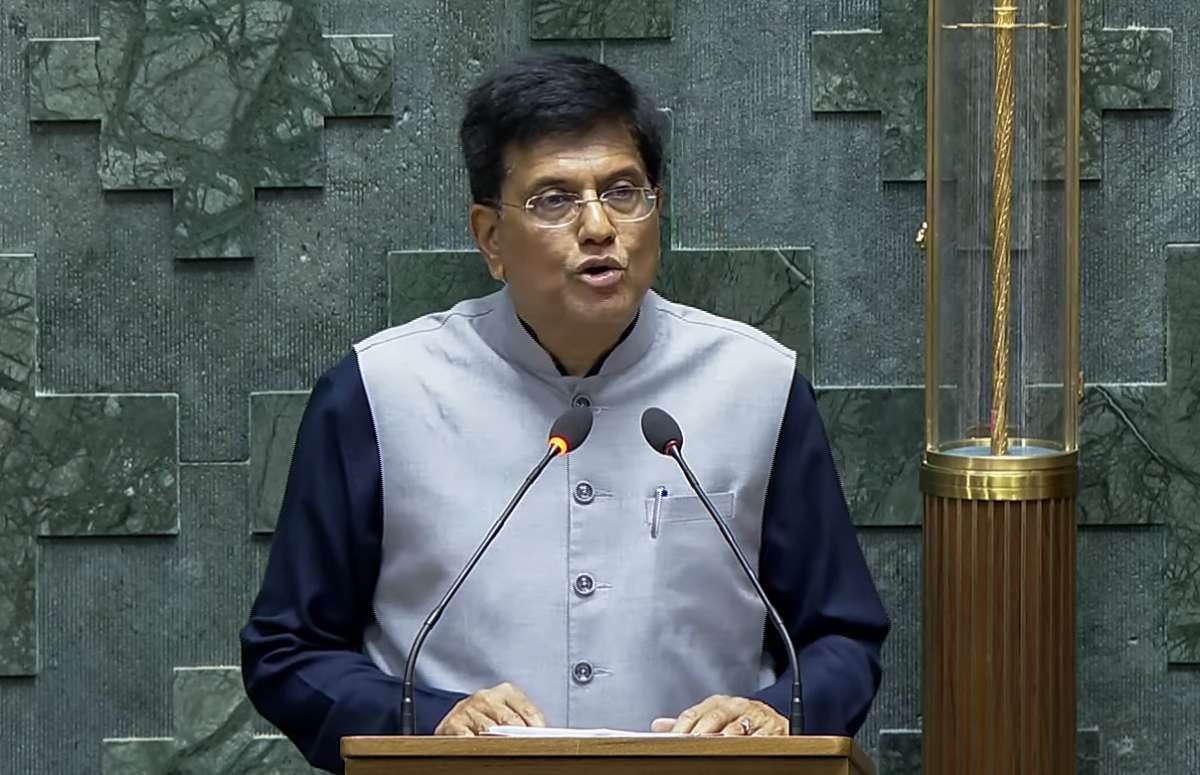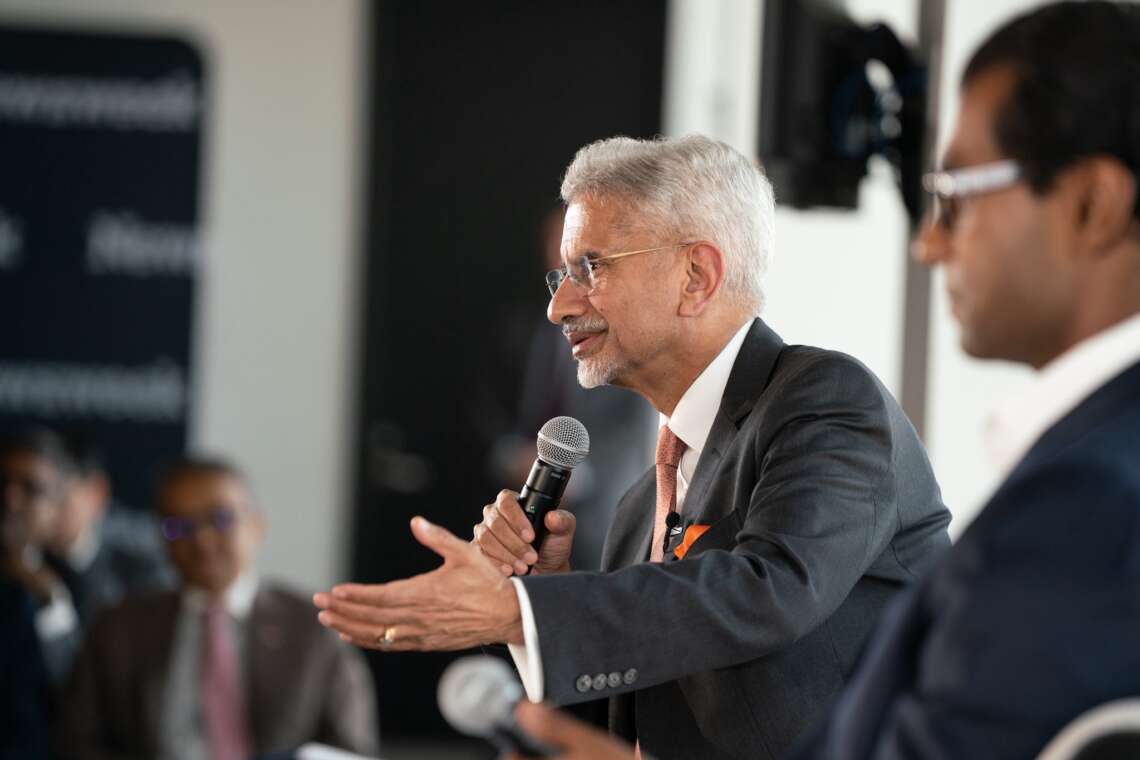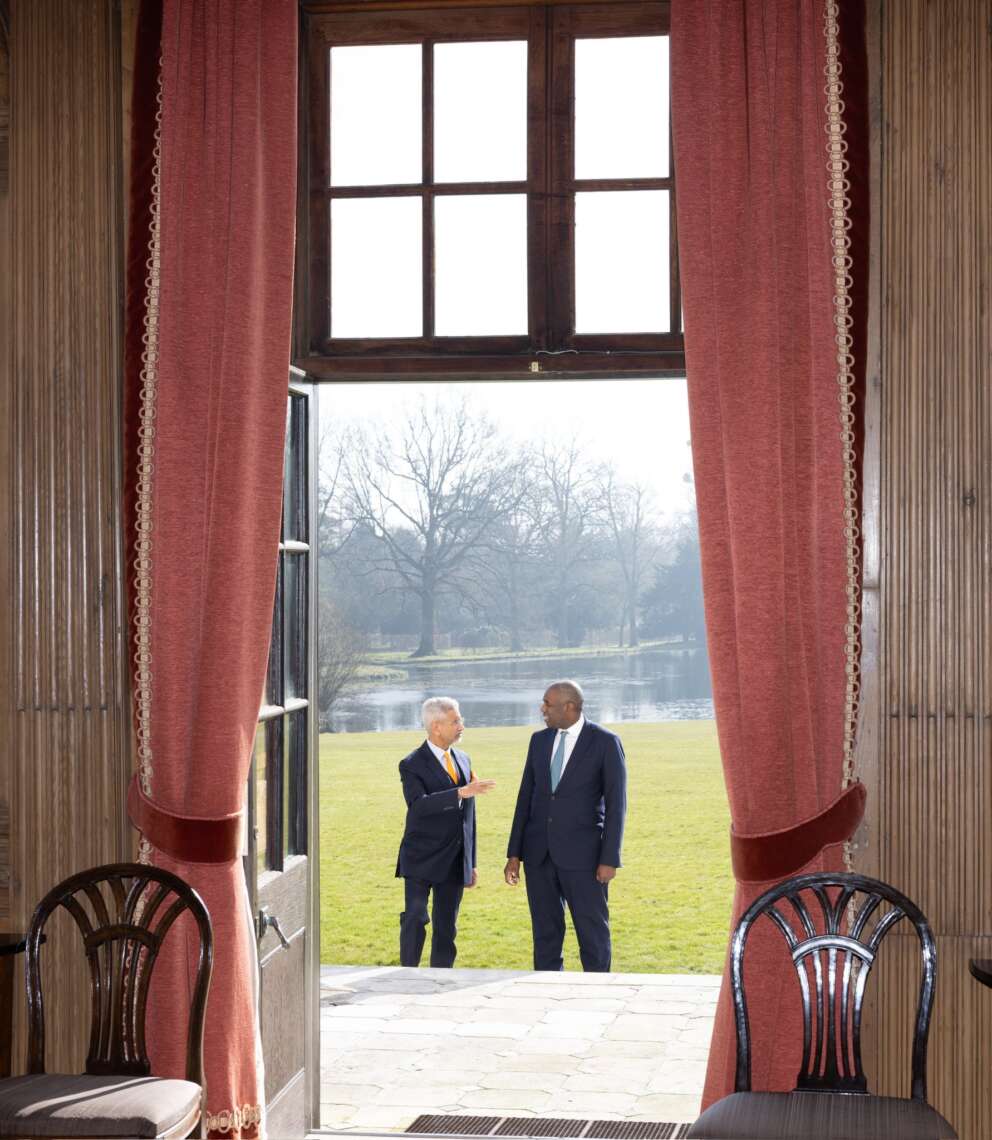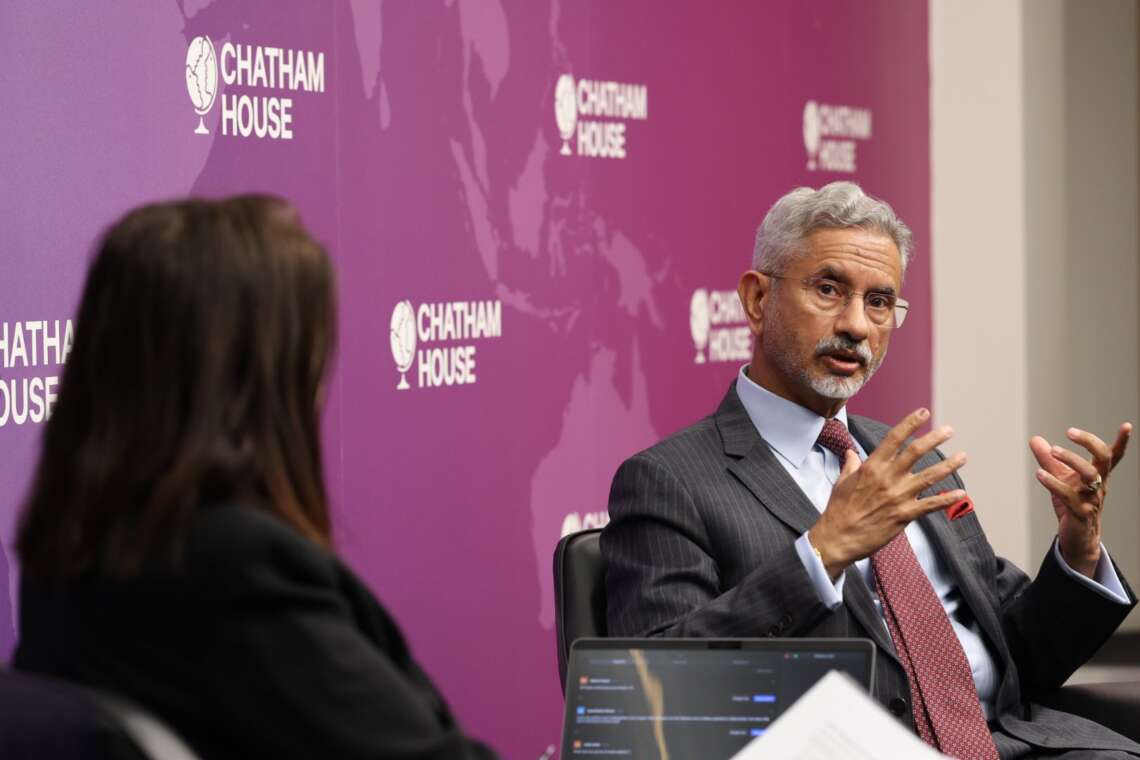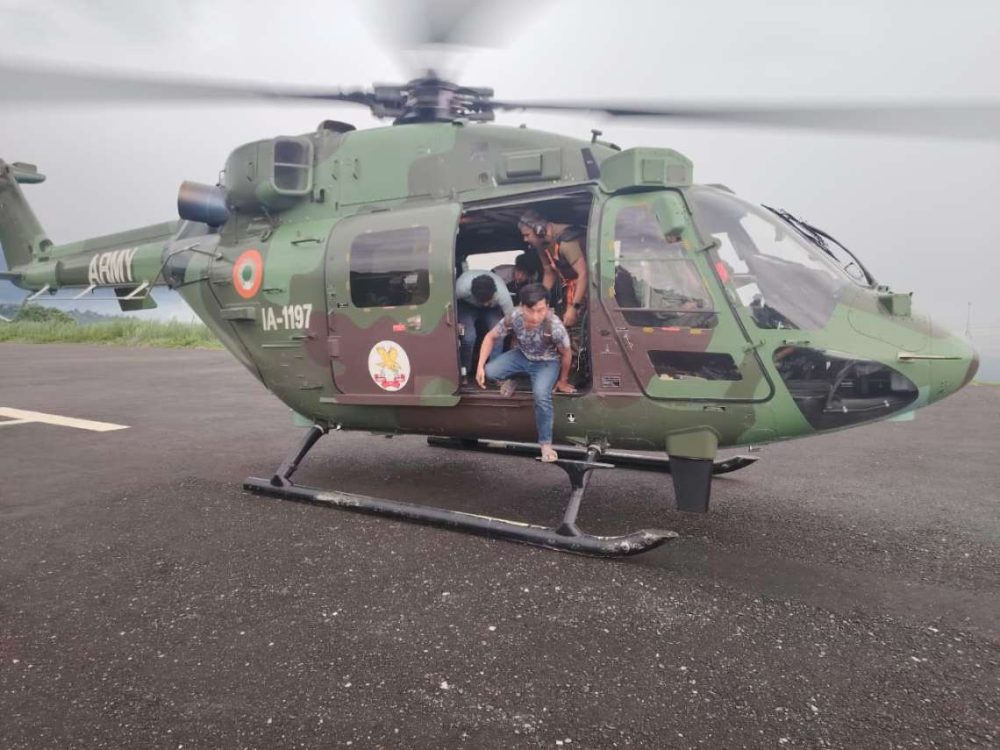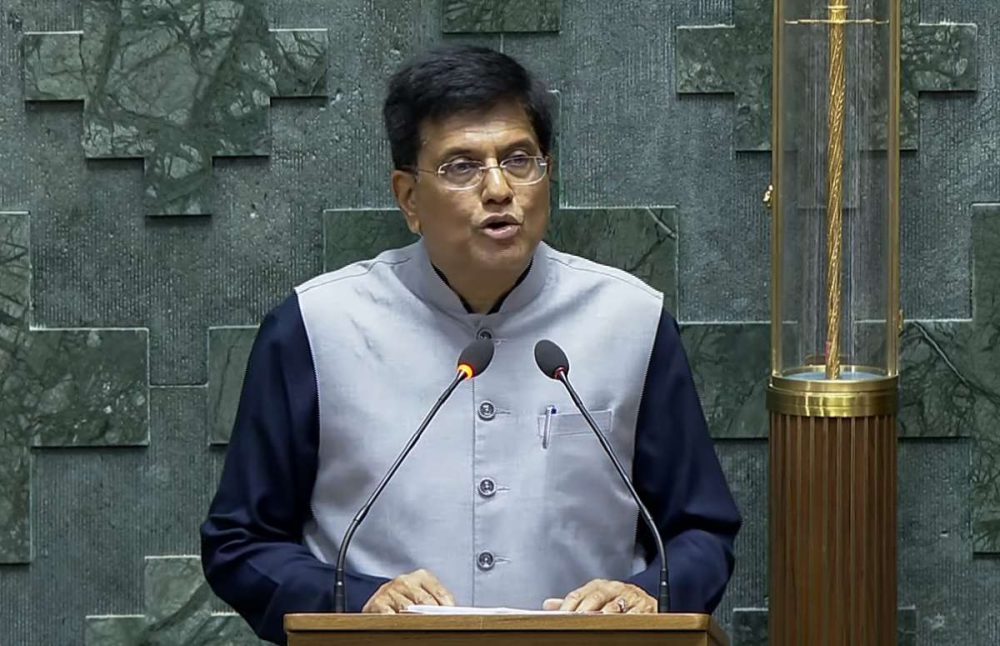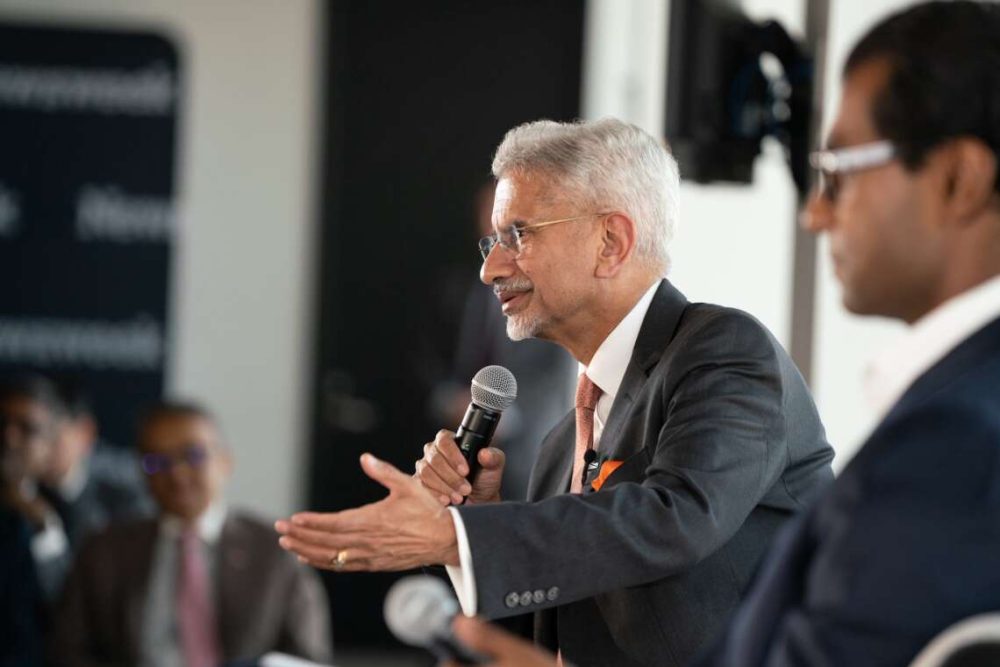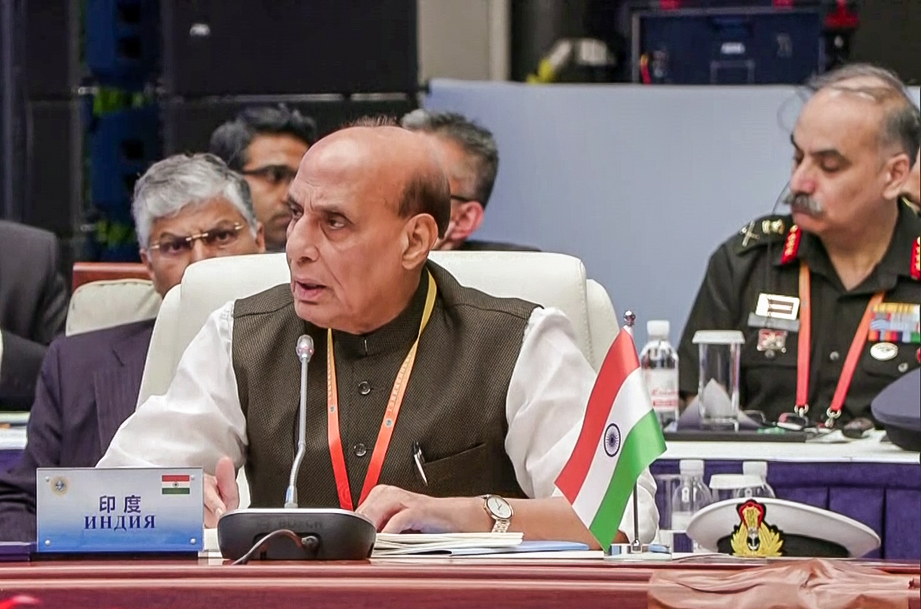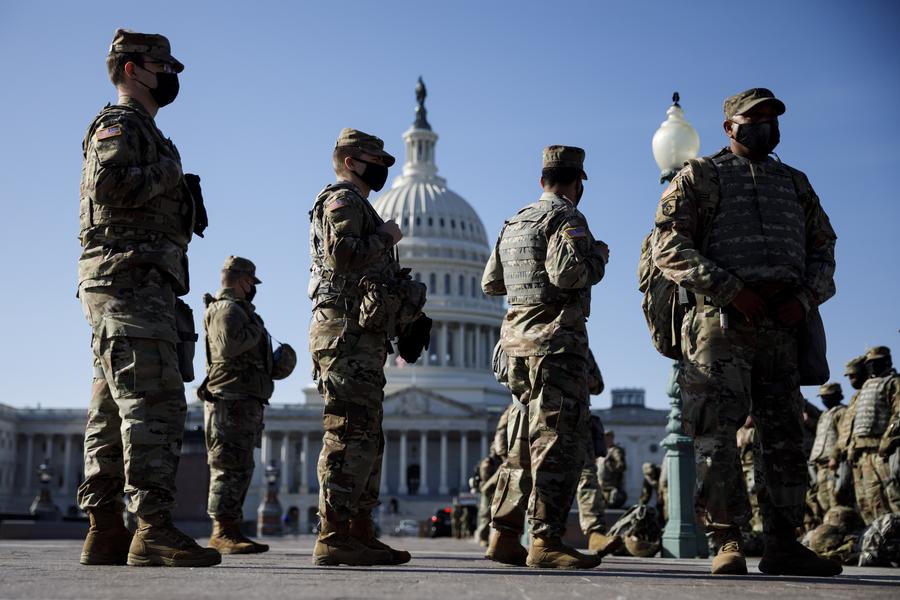The high-level Defence Ministry committee has recognised the necessity of equipping the IAF with modern fighter jets to prepare for next-generation warfare.
A high-level Defence Ministry committee has endorsed the Indian Air Force’s (IAF) urgent need for new multirole fighter aircraft, as the service grapples with a decline in squadron strength. The recommendation is part of a report titled ‘Capability Enhancement of IAF,’ submitted by Defence Secretary Rajesh Kumar Singh to Defence Minister Rajnath Singh.
According to sources, the committee has recognised the necessity of equipping the IAF with modern fighter jets to prepare for next-generation warfare. The report suggests that the IAF should draft a statement of case for acquiring these capabilities, while the Defence Ministry would facilitate timely approvals at various levels.
This recommendation comes amid aggressive pitches from global defence manufacturers. The United States has been promoting its single-engine F-35 fifth-generation fighter, while Russia is offering its Su-57. If India opts for a tendering process, other contenders such as the French Rafale and Swedish Gripen, alongside these fifth-generation aircraft, are likely to be in the running.
The IAF has previously outlined a requirement for 114 multirole fighter aircraft with 4.5-plus generation capabilities. Initially, the service considered expanding its fleet with additional Rafales to meet its operational needs. However, delays in acquiring foreign-made components such as engines and other critical equipment have hindered indigenous projects, including the Light Combat Aircraft (LCA) variants—Mark-1, Mark-1A, Mark-2—and the fifth-generation Advanced Medium Combat Aircraft (AMCA).
To address these challenges, the committee has identified key focus areas and recommended a phased implementation strategy. This approach aims to enhance the IAF’s combat capabilities over the short, medium, and long term. The government is expected to act on these recommendations to ensure India’s air power remains formidable in the face of evolving security threats.
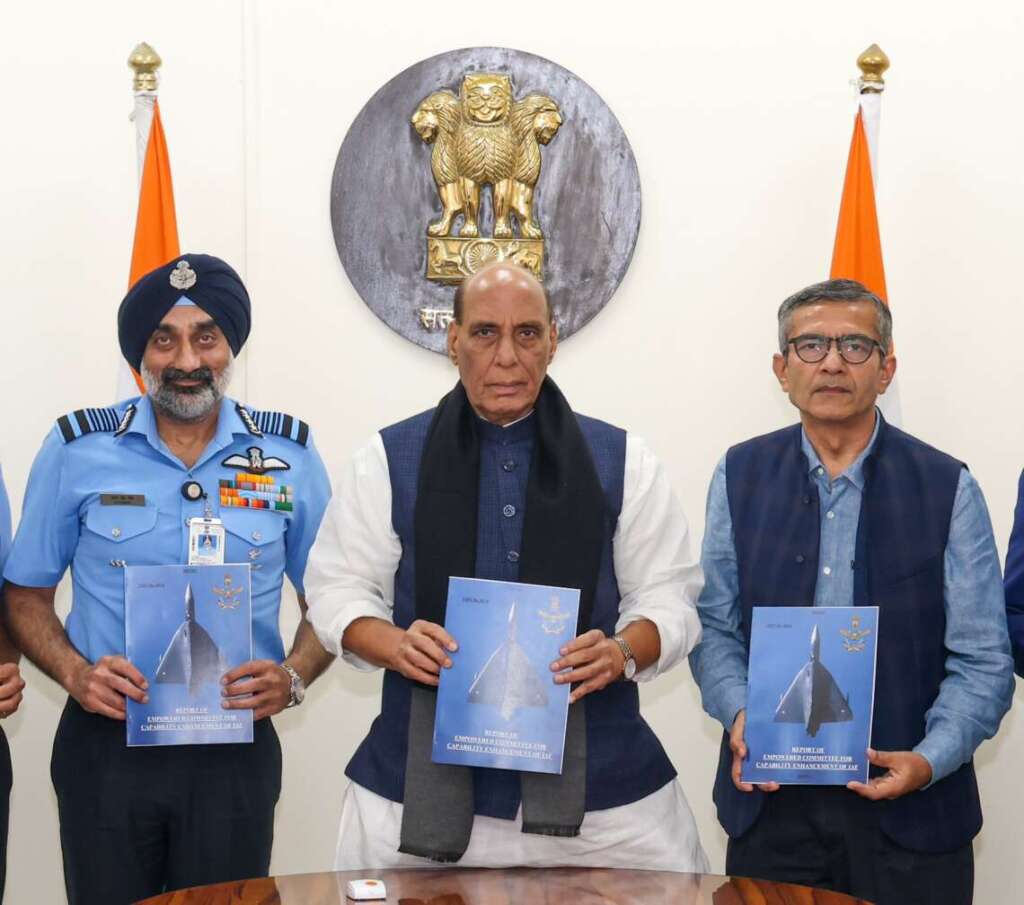
High-altitude trials of ILSS for Tejas
The Defence Research and Development Organisation (DRDO) has successfully conducted high-altitude trials of the indigenous Integrated Life Support System (ILSS) for LCA Tejas.
The ILSS is an On-Board Oxygen Generating System (OBOGS). DRDO informed that the OBOGS-based ILSS is a cutting-edge system designed to generate and regulate breathable oxygen for pilots during flight, eliminating dependence on traditional liquid oxygen cylinder-based systems.
Experts believe that this system will ensure real-time oxygen generation and will enhance pilot endurance and operational effectiveness.
The system has been manufactured by L&T as a Development cum Production Partner.
The Ministry of Defence (MoD) said that it reflects a significant collaboration between DRDO and Indian defence industries.
Notably, the ILSS has 90 per cent indigenous content, furthering India’s self-reliance in aerospace technology. With appropriate modifications, the system can also be adapted for use in MiG-29K and other aircraft.
The Defence Bio-Engineering and Electro Medical Laboratory (DEBEL), a Bengaluru-based lab under the DRDO, conducted the trials on March 4.
The MoD informed on Wednesday that the Integrated Life Support System (ILSS) underwent rigorous testing on the LCA-Prototype Vehicle-3 aircraft of Hindustan Aeronautics Limited (HAL)/ Aeronautical Development Agency (ADA), meeting stringent aeromedical standards in varied flight conditions, including altitudes of up to 50,000 feet above mean sea level and high-G maneuvers.
“Performance evaluations covered critical aspects such as oxygen concentration, demand breathing, availability of 100 per cent oxygen, aerobatic maneuvers at required altitudes for full functional testing of Anti – G Valve. Breathing Oxygen System (BOS) onduring taxying, take off, cruise, G turns and rejoin approach and landing. Following flight clearance from the Centre for Military Airworthiness and Certification (CEMILAC), the system successfully met all specified parameters. Beyond OBOGS, the ILSS integrates 10 Line Replaceable Units, including the Low-Pressure Breathing Regulator, BOS, Emergency Oxygen System, Oxygen Sensor, Anti-G valve, and other advanced components,” the MoD said.
This milestone has been achieved through the collaborative efforts of DEBEL, ADA, HAL, CEMILAC, the National Flight Test Center, Directorate General of Aeronautical Quality Assurance, and the Indian Air Force (IAF).
Defence Minister Rajnath Singh has congratulated DRDO, Indian Air Force, industry partners and Public Sector Undertakings on this achievement.
He emphasised that this development reinforces India’s commitment to cutting-edge defence technologies and aligns with the vision of ‘Viksit Bharat 2047’.
Chairman DRDO Dr Samir V. Kamat also lauded the DRDO team, the IAF, and industry partners for their contributions to the successful high-altitude trial of the Indigenous ILSS for LCA Tejas.


